Isle of Wight places to go with minimum social contact
With Covid-19 still present you may wish to get out and about on the Island doing things outdoors which involve little contact with other groups, and where social distancing can easily be observed. The Isle of Wight has plenty of scope. Here are a few suggestions.
The Needles and Rocket Launch Site
This is about a two mile round walk from the Needles car park at the west most point of the Island. Leave the car park by the road which is a continuation of the access road. This soon becomes a private road and climbs along the cliff edge. Shortly you can look back at Alum Bay and see the famous multicolour sand cliffs around the bay. As the road curves round by the Coastguard Station go down some steps to read about the UK experiment rocket site and to the right of you is a viewing point for one of the UK’s most iconic views, the Needles. Return by the same route.
 The Needles
The NeedlesBonchurch sea wall and the famous pond
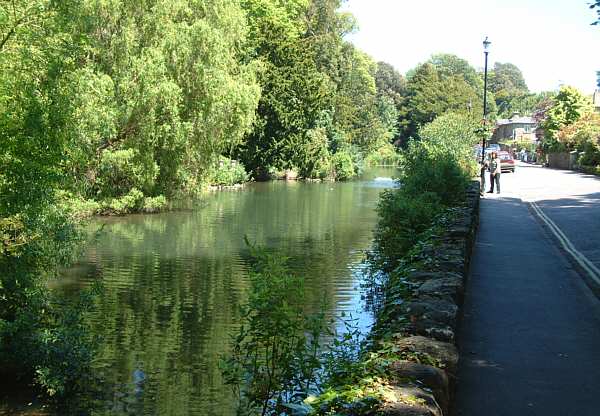 Bonchurch Pond
Bonchurch PondNewtown Nature Reserve
The reserve is run by the National Trust and you can park by the old town hall. It is an estuary and also home to many species of migrating and overwintering birds. The walk is very straightforward and takes you along a long wooden bridge that spans the mud flats and little snaking streams. If you have binoculars you might spot seabirds out on the mud flats. It is so peaceful and by the boat shed is what remains of medieval Newtown quay, which was once the most important port on the Isle of Wight.
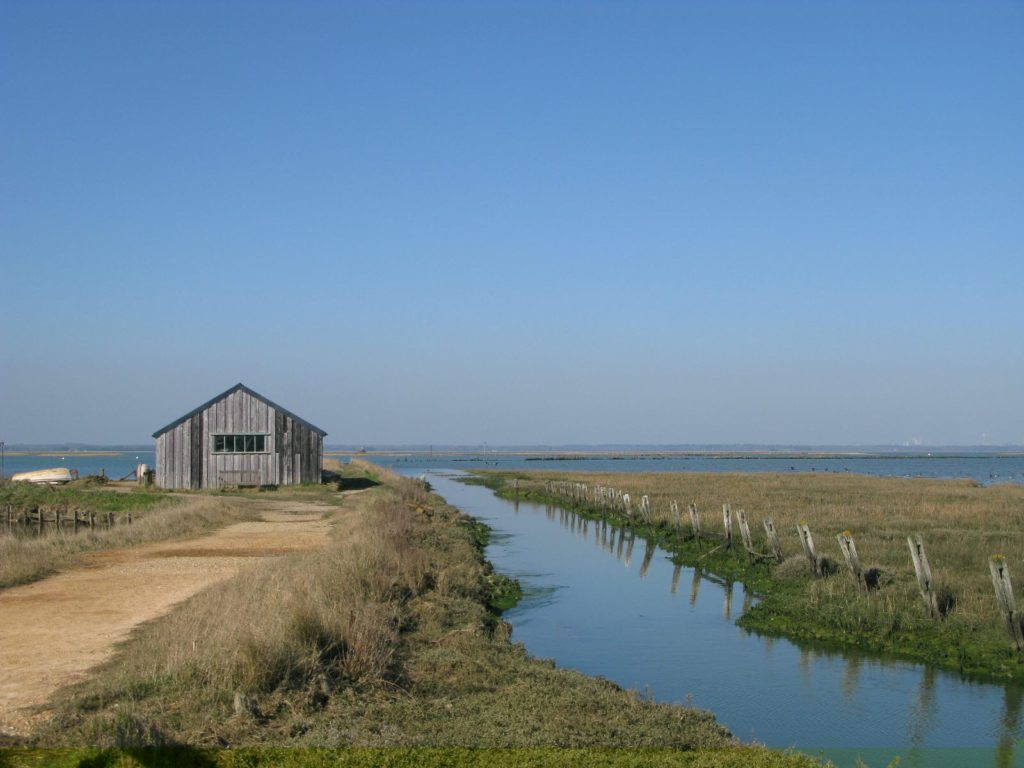 Newtown Nature Reserve
Newtown Nature ReserveMarconi’s Knowles Farm
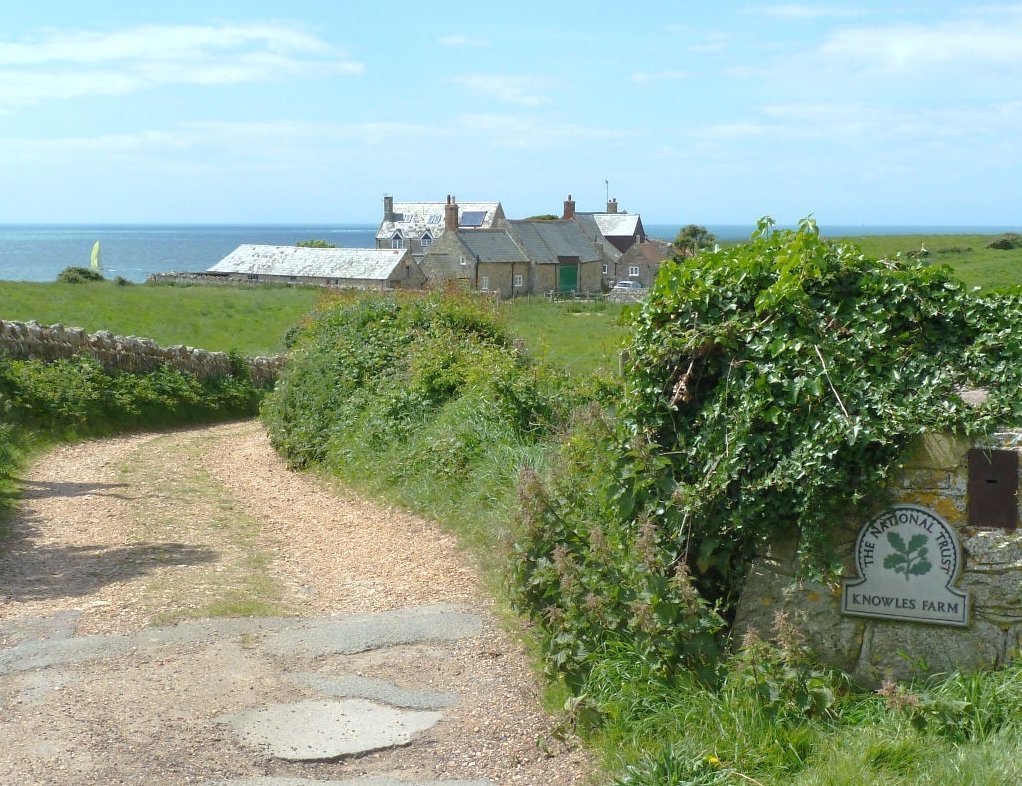 Knowles Farm
Knowles FarmA view over Sandown Bay
This is an easy walk along the ridge between Ventnor and Shanklin. if you leave Ventnor towards Wroxall just after the Ocean View Fish and Chip Shop turn right into Down Lane. This narrow road climbs to the top of St Boniface Down. At the radar station the road has a barrier across, park in the small area to the left. Follow the clear path continuing a little to the left of the line of the road and you will gain the ridge with fine views across the Island. Walk along the ridge in the Shanklin direction and after a while you come to some gates, take the track along the ridge with the hedge on your left and after a while head slightly right across the field to an old triangulation point and a magnificent view.
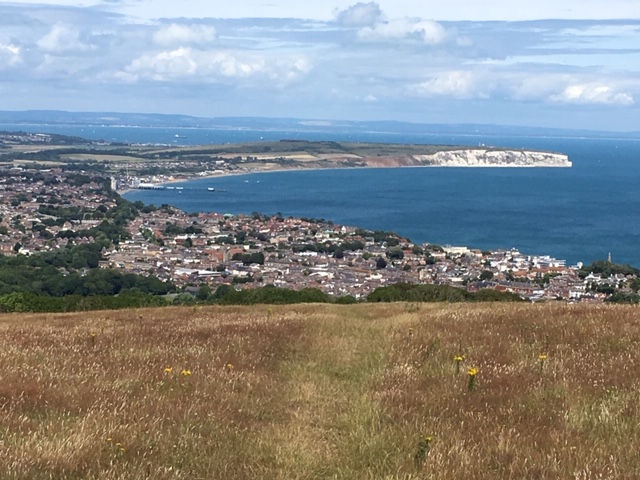 Sandown Bay view
Sandown Bay viewFossil Hunting in Compton Bay
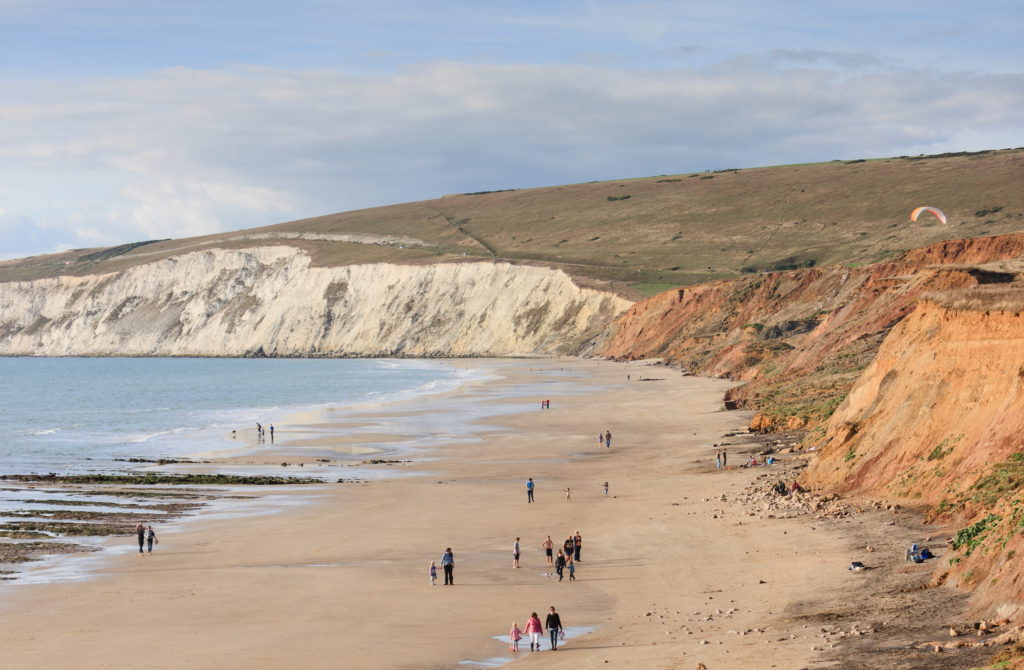 Compton Bay
Compton BayVentnor Botanic Garden
Always worth a visit, the Botanic Garden is a short drive out of Ventnor on the St Lawrence Road, or better a 20 minute walk along the coast path starting above the Spyglass. The Garden has a climate more akin to the Mediterranean enabling a wide variety of plants considered too tender for much of mainland Britain to be grown and is unrivalled for its collections of subtropical plants grown unprotected out of doors. The temperate house has many exotic species in a ‘tropical’ climate. A charge is made for admission.
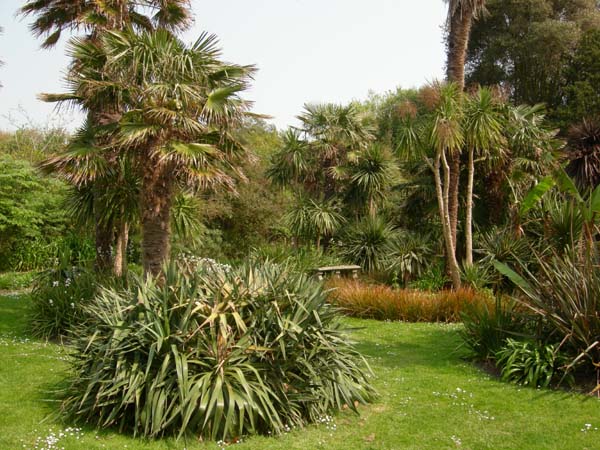 Ventnor Botanic Garden
Ventnor Botanic GardenSt Helen’s Tidal Mill
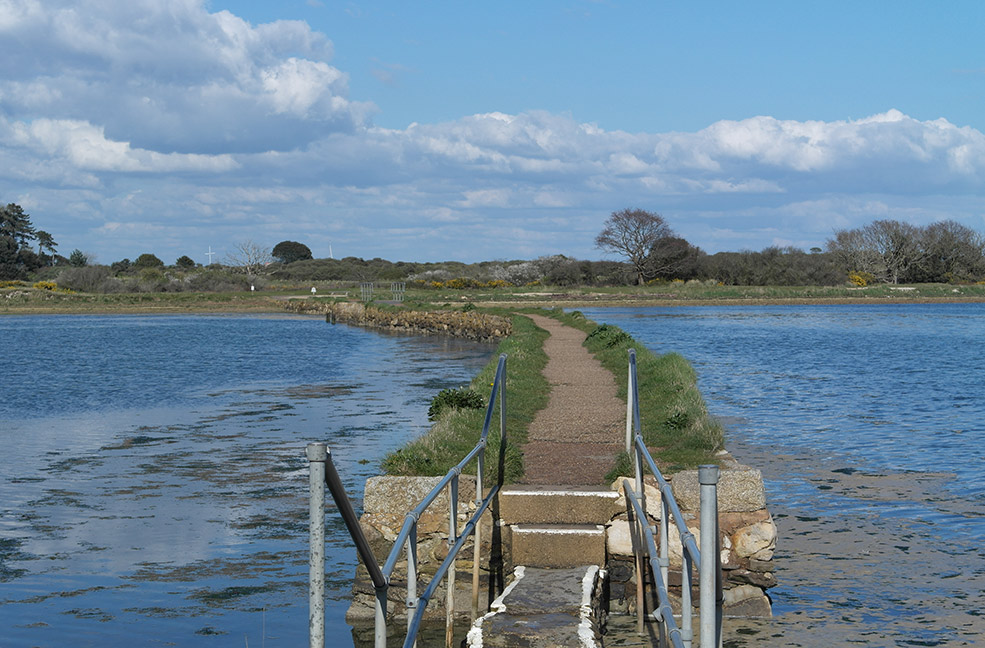 Tidal Mill Inner Causeway
Tidal Mill Inner CausewaySeagrove Bay
Seaview has many second homes and is quite well-to-do. Compared to Ventnor the name is a misnomer as, being flat, not many homes have a sea view. If you park on the Duver in the village you can walk along the coast away from Ryde along a narrow path between posh houses and the sea before coming to the waterfront heart of the village. If you continue up the main street parallel with the sea you will go along a road with modern grand houses on your left and eventually arrive at Seagrove Bay, a pleasant place to spend some time before setting back.
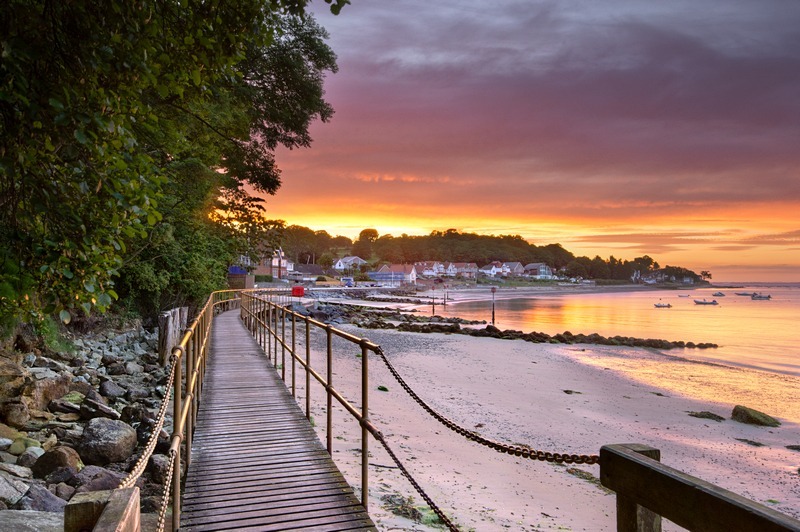 Seagrove Bay at sunset
Seagrove Bay at sunsetTime Travel Ventnor

